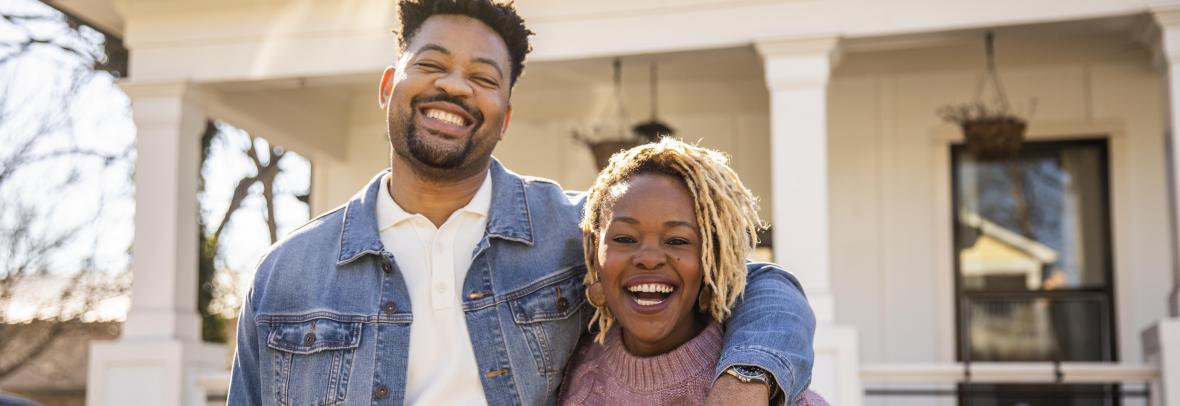The gap between Black and white homeownership rates closed over the pandemic, but disparities remain.
SEATTLE – The homeownership rate for Black households has grown faster than average since 2019, but it’s still below the high-water mark reached in 2004, before the Great Recession.
Insufficient credit is holding many Black households back from homeownership. Nearly 1 in 4 mortgage applications from Black borrowers — 24% — are denied, according to 2023 Home Mortgage Disclosure Act data.
That’s almost twice the rate of all applicants (12.6%) and far higher than the 1-in-10 denial rate for white applicants1. Of those mortgages denied Black applicants, more than 43% are turned down due to credit history – the most common reason given. That’s a higher rate than in past years and also when compared to 32% of denials for white applicants.
“While discriminatory policies like redlining have long been outlawed, the damage from these historic practices is still felt today. Many communities once barred from accessing credit are now finance deserts, with few traditional financial institutions, making it harder to build credit and buy a house,” said Zillow senior economist Orphe Divounguy. “That’s why it’s so important to expand credit access. Allowing rent payments to count in credit scores is one example of how to move the industry forward.”
Today, nearly 46% of Black households own their home, an improvement from a low point of 43% in 2019, but still down from a 49.7% peak ownership rate reached in 2004, before the Great Recession, and far off from the 74% rate for white households. Many Black households have been left out of major wealth gains during that time. Since the Black homeownership rate peaked in 2004, U.S. home values have more than doubled, rising 117%.
Although the gap between white homeownership rates and those of Black and Hispanic households has diminished since 2019, the deficit is still large and contributes to vast inequalities in wealth.
The single largest asset for most homeowners is their house, and it’s a major means of building wealth and passing it on to the next generation. Zillow Research found a $3 trillion wealth gap between Black and white families. Nearly 40% of the gap — $1.18 trillion — could be credited to disparities in home values and ownership.
Despite rising faster than average since 2019, Black-owned home values are still far lower than average. If the typical home was worth $1, Black-owned homes would be worth 85 cents and white-owned homes worth $1.03.
Source: Zillow
© 2024 Florida Realtors®
Go to Source
Author: amyc




.jpg?h=132ef037&itok=GL_S6CgE)